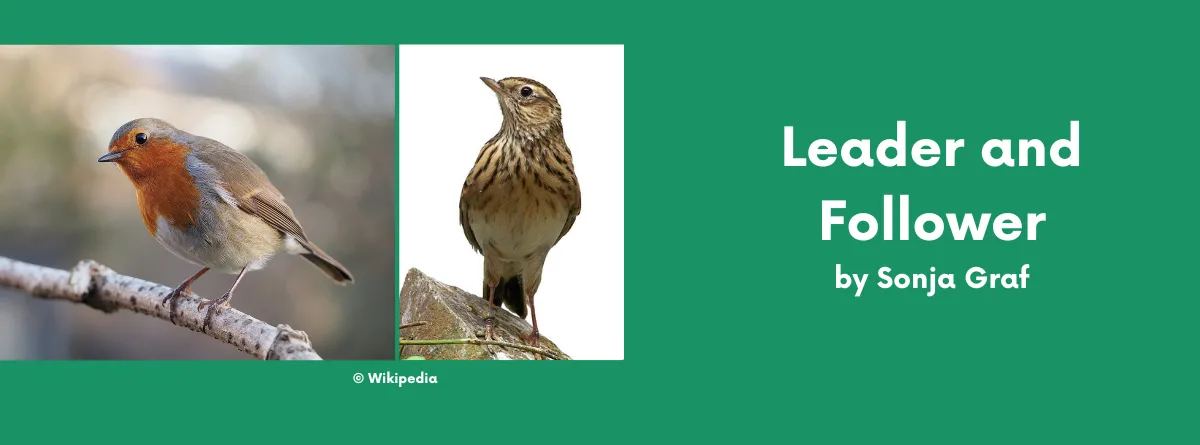Rethinking the Terms ‘Leader and Follower’ and Degendering Social Dancing
by Sonja Graf
This past July, I attended the International Council for Traditional Music (ICTM) World Conference, in Lisbon. This is a gathering of scholars in the area of music and dance research from all around the world. From the eleven parallel sessions of presentations to choose from, I found myself in the session entitled “Music, Body and Intersectionality” waiting with curiosity for the presentation of Andrew Snyder, an ethnomusicologist from the United States. He was presenting a paper he had published in 2019 with the catchy title: “Contraculture: Bird Names and the Degendering of Contra Dance”. I thought to myself:
What do birds have to do with social dancing?
This remarkable ethnographic paper is about the contra dancing community in the Bay Area in California. Contra dancing is an American dance form that includes both group dances (such as line or circle dancing) but also includes partner dancing, like in Forró, where you have different roles which were classically danced by men and women respectively. What first interested me about his presentation was that he was speaking about the age old question that teachers in the Forró community have also been wrestling with and upon which there is still no consensus: how to call the two roles in Forró, most commonly referred to as “leader and follower”. Within the Forro community, I have heard the classic argument that “men and women” or “guys and girls” are antiquated terms which place emphasis on gendering the roles in the dance. Similarly, the terms “leader and follower” have also proven to be problematic in that they denote a hierarchy wherein “leader” seems semantically superior to “follower”. I have also heard it circulated around the Forró scene that “leader and follower” terms breed a kind of submissive ‘laziness’ from the followers’ side, that these terms emphasise the follower’s disinvolvement in the process of directing the dance. Teachers offer the critique that “followers don’t just follow, they are actively engaged in creating the conversation that happens in the dance.”
Because of this ongoing debate in the Forró community regarding the terms we use, I found it especially intriguing how the Bay Area contra dance community dealt with this topic. Instead of the classical “lady and gent,” used in other contra dance communities, they use the names of birds, specifically “larks and robins” 🦜.
The terms “larks and robins” are still structurally strategic in that they also denote who stands on the left (lark – L) and who on the right (robin – R) in the contra dance formations. Yet the main mission behind the choice to use these terms is that the organizers wished to degender contra dancing, making dancing more inclusive to folks who do not fit into binary gender categories. Snyder explains, ‘the “larks and robins” system brings a critical stance to the problems of a historically heteronormative courtship dance, including inegalitarian gender-based roles and issues with consent in such an intimate activity as dance’ (p.189).
In his paper, Snyder acknowledges that these terms might be part of “a movement that some feel to be an irreversible wave” or, that they might be a passing phase, as terms tend to be transient and changing. Either way, Snyder’s paper leaves me pondering on how our Forró community is responding to the shifting paradigm that all social dancing is part of, which I can only summarize simply as the insistent push to make our social spaces ever more inclusive. Personally, I find it refreshing on those rare occasions when I invite someone to dance and before assuming, they simply ask me, “do you prefer to lead or follow?” In those moments, the dance I have grown so familiar with opens up to me as a new world of possibilities.
What terms do you prefer to use for the roles in Forró and how do you feel about the gender norms we foster in the European Forró community? Leave your comments for us, we would love to hear your thoughts.
You can read Snyder’s full paper, and I highly encourage you to, at: http://www.andrewsnydermusic.com/uploads/1/2/8/6/128631366/snyder2019_contraculture.pdf

